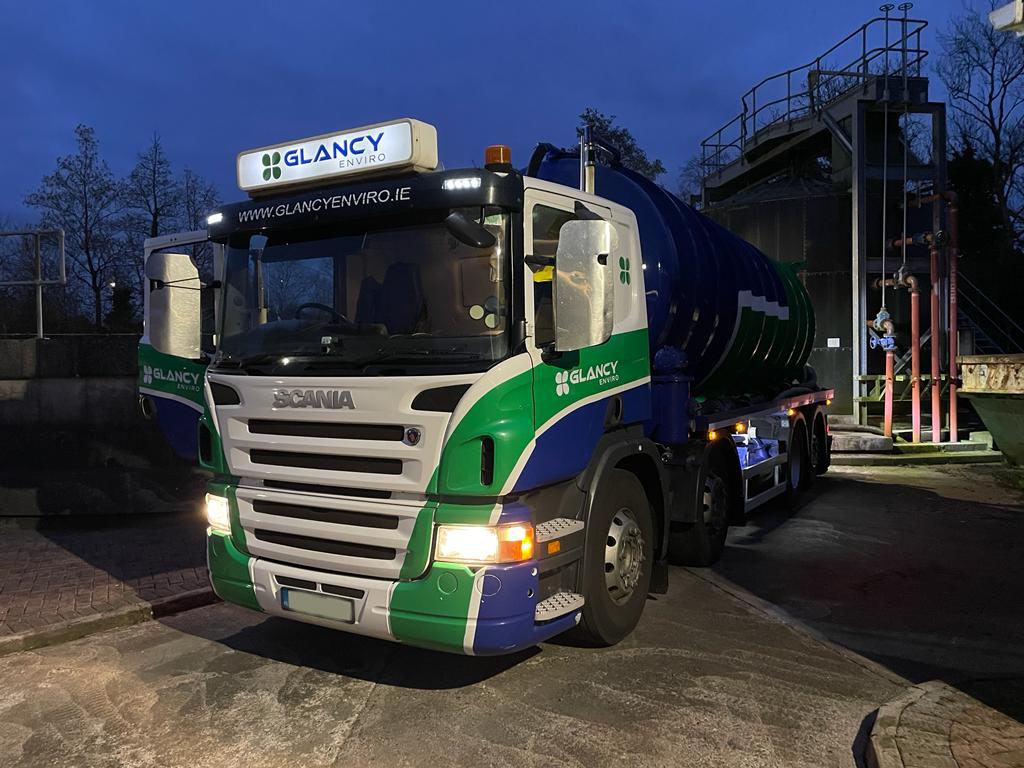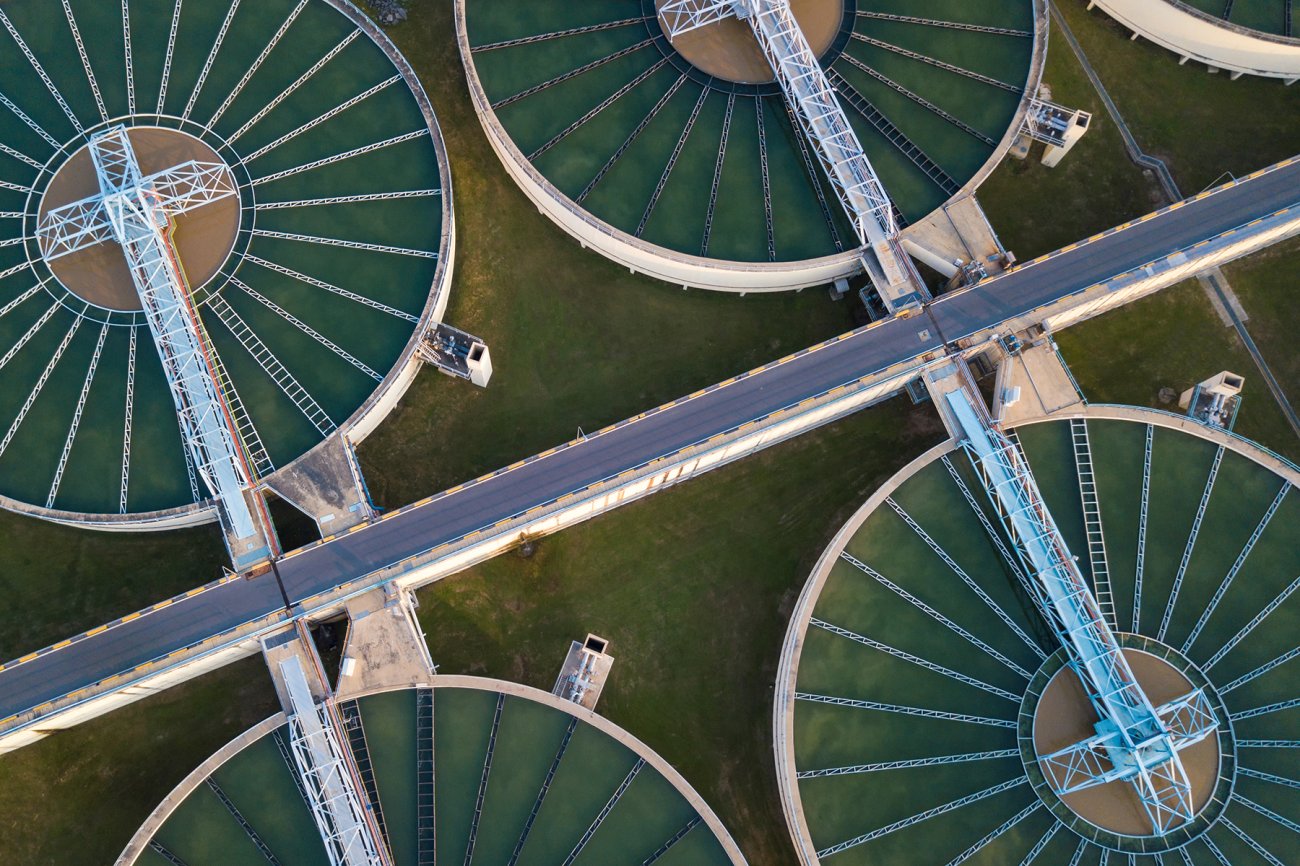The Single Strategy To Use For Reclaim Waste
The Single Strategy To Use For Reclaim Waste
Blog Article
10 Simple Techniques For Reclaim Waste
Table of ContentsWhat Does Reclaim Waste Mean?More About Reclaim WasteAn Unbiased View of Reclaim WasteSome Known Questions About Reclaim Waste.The smart Trick of Reclaim Waste That Nobody is Talking About
Residential sewage waste refers to the waste and products from a property septic storage tank. The correct administration and disposal of residential sewage waste call for liquid waste to be transferred to a sewer therapy plant where the proper techniques and tools are applied to detoxify and dispose of waste.
Commercial waste usually consists of possible risks, such as flammable products or a blend of liquid and solid waste products, and calls for a much more sophisticated and thorough disposal procedure. The disposal of industrial waste usually entails the filtration of waste before transport to ensure risk-free and correct disposal. Hazardous waste is produced from results and overflow of commercial procedures and manufacturing.
This sort of waste can not make use of the exact same sewage administration transportation or procedures as septic or business fluids. The hazardous waste monitoring procedure needs the evaluation and screening of liquid waste prior to it undergoes the disposal procedure (liquid waste removal). Drainage waste is the liquid waste that comes from runoff and excess stormwater in very inhabited locations or cities
Runoff waste can trigger contamination and flooding if not taken care of properly. Guaranteeing correct waste monitoring can prevent disasters and lower environmental damage.
The Ultimate Guide To Reclaim Waste
Call PROS Solutions today to find out about our waste monitoring and disposal solutions and the appropriate ways to look after the liquid waste you generate.
(https://sitereport.netcraft.com/?url=https://reclaimwaste.com.au)This supposed 'wastewater' is not just an essential source yet, after treatment, will be released to our land, waterways or the sea. Utilized water from commodes, showers, baths, kitchen area sinks, laundries and industrial processes is understood as wastewater.

water used to cool down machinery or tidy plant and devices). Stormwater, a form of wastewater, is overflow that streams from farming and metropolitan areas such as roofings, parks, yards, roads, courses and seamless gutters right into stormwater drains, after rain. Stormwater flows neglected straight to neighborhood creeks or rivers, at some point getting to the sea.
Reclaim Waste for Beginners
In Queensland, a lot of wastewater is treated at sewer treatment plants. Wastewater is transported from residential or industrial sites through a system of drains and pump stations, called sewage reticulation, to a sewage therapy plant. Neighborhood federal governments build, preserve and run most sewage therapy plants. Operators are accredited under the Environmental Management Act 1994 to release treated wastewater at an appropriate environmental criterion right into waterways.
The Department of Natural Resources recommends regional governments concerning managing, operating and keeping sewage systems and treatment plants. In click for source unsewered locations, regional governments may require owners to install specific or home sewer treatment systems to treat domestic wastewater from toilets, cooking areas, washrooms and laundries. The Division of Natural Resources authorises using home systems when they are shown to be efficient.
In some brand-new subdivisions, therapy of some stormwater to remove trash, sand and crushed rock has actually begun utilizing gross pollutant traps. Wastewater treatment occurs in 4 stages: Removes solid issue.
Makes use of little living microorganisms recognizes as micro-organisms to break down and remove continuing to be liquified wastes and great particles. Micro-organisms and wastes are integrated in the sludge.
The smart Trick of Reclaim Waste That Nobody is Discussing
Nutrient removal is not offered in all sewer therapy plants since it needs pricey specialized tools. It is becoming much more typical in Queensland. Clear liquid effluent created after treatment may still consist of disease-causing micro-organisms. If this effluent is released into rivers such as rivers or the sea, the micro-organisms will at some point die out.

This normally suggests wastewater has actually to be dealt with or contaminants removed prior to it can be released to waterways. The majority of wastewater moves right into the sewerage system. Under the Act, local federal governments carry out authorizations and licences for eco pertinent activities (ERAs) involving wastewater launches that might have a neighborhood effect. The department carries out authorizations and licences to Periods entailing wastewater launches that may have a regional or statewide influence.
About Reclaim Waste
Or else, samples are taken for research laboratory analysis. Frequently lots of tests are needed to develop the degrees of each of the various pollutants such as oils, heavy metals and chemicals in water. Surveillance provides factual info regarding water top quality and can confirm that licence problems are being fulfilled. The details acquired via surveillance gives the basis for making water top quality choices.
Report this page